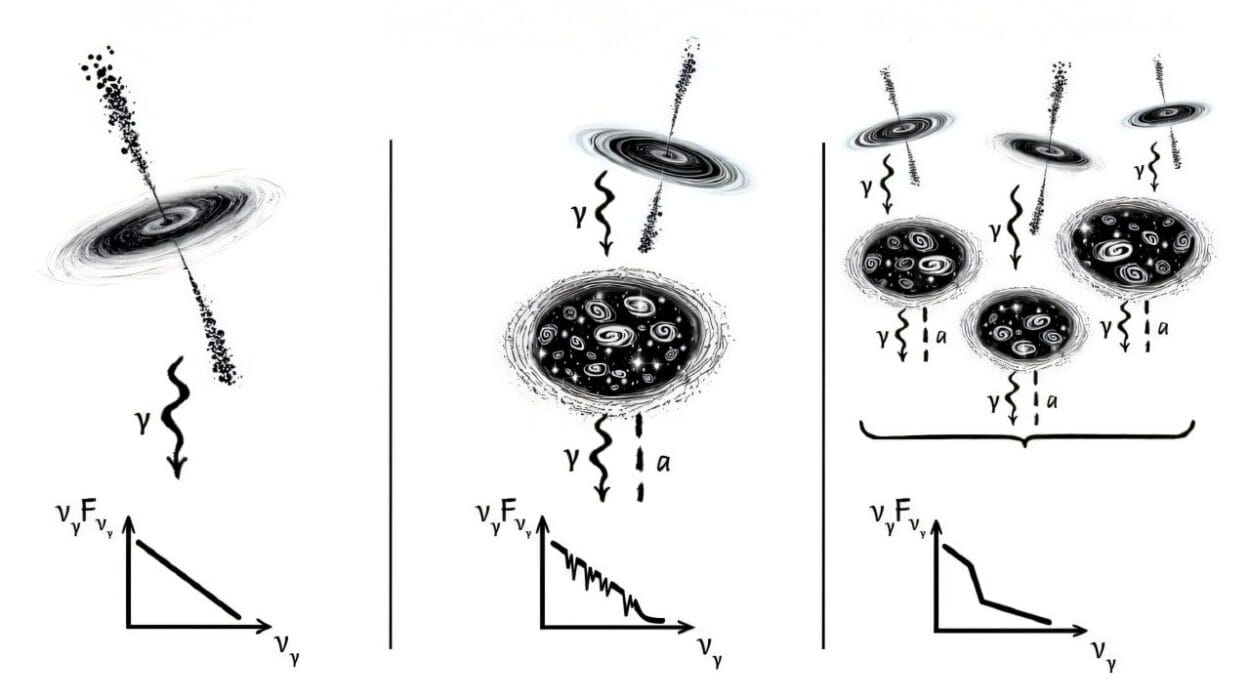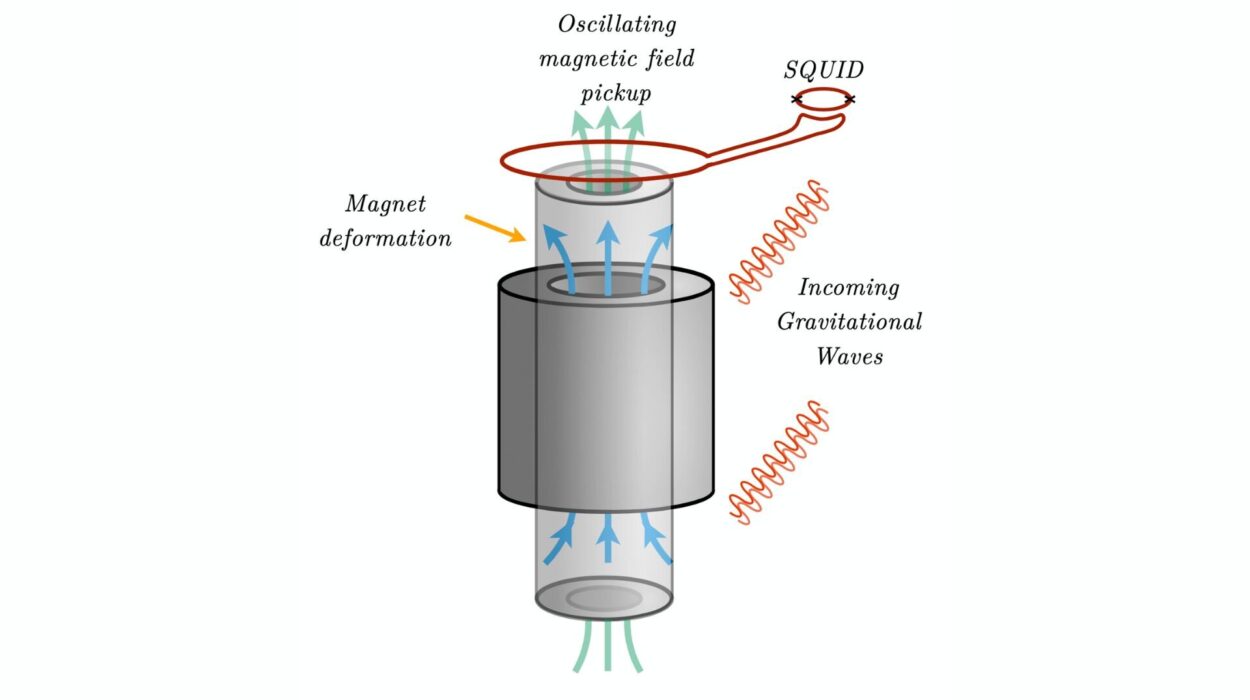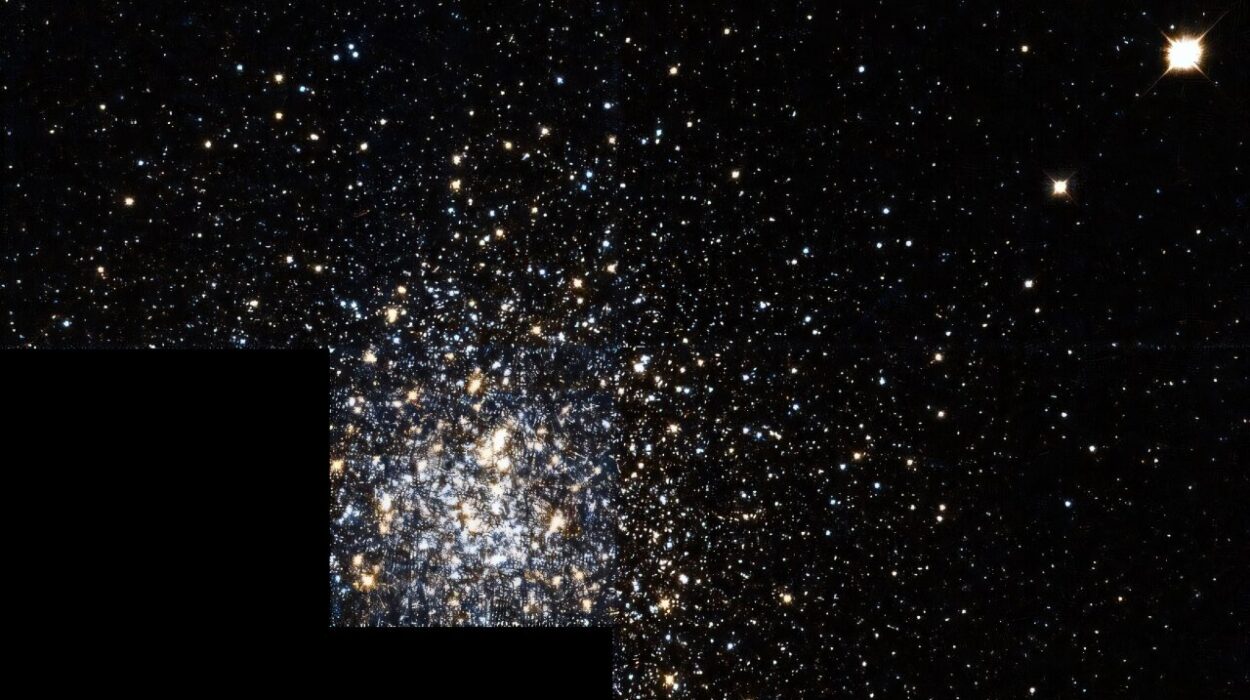Imagine, for a moment, that you’re standing on the icy surface of Mars. The red sky is crisp and cold, the air thin and unforgiving. Yet, beneath your feet, something remarkable stirs—something scientists have been chasing for years: the possibility of liquid water.
Mars, with its frozen deserts and barren landscapes, may seem like an unlikely place to find anything that resembles life as we know it. And yet, clues scattered across the planet hint at a different past—a wetter, warmer Mars. Thousands of years ago, scientists believe the Red Planet was home to rivers, lakes, and even oceans. Today, only the faintest traces of that watery past remain, frozen beneath layers of dust and ice.
But now, new data is revealing a strange and tantalizing possibility: could there still be liquid water hiding beneath the ice at Mars’s southern pole?
The Bright Reflections That Sparked a Debate
This possibility all began with the powerful radar signals picked up by the Mars Advanced Radar for Subsurface and Ionosphere Sounding (MARSIS), a scientific tool aboard the Mars Express spacecraft. These signals were no ordinary readings. They came from a 20-kilometer-wide area beneath the southern polar ice cap, where MARSIS detected unusually strong radar reflections.
To scientists, this was no small discovery. On Earth, radar reflections like these are often associated with liquid water trapped beneath ice sheets. But Mars isn’t Earth. The Red Planet is cold and dry, and today, liquid water seems as unlikely as rain on a summer’s day in the Sahara. Still, the radar readings seemed to suggest otherwise, hinting that perhaps—just maybe—liquid water might still exist in some form beneath the frozen surface.
But, as with any major scientific discovery, there was more than one way to interpret the data. The question remained: were these radar reflections a sign of liquid water, or could they be caused by something else entirely? Some scientists proposed alternative explanations, like layers of carbon dioxide and water ice, or even a mixture of salty ice and clay causing the radar signals to bounce back with unusual intensity. After all, sustaining liquid water under these icy conditions would require more than just cold temperatures—it would need salty brines or even volcanic heat.
The discovery was far from definitive, and so the quest to understand what lay beneath the ice continued.
A New Maneuver, a New Hope
Just when it seemed like the mystery might remain unsolved, the team aboard the Mars Reconnaissance Orbiter (MRO) introduced a daring new maneuver that would change everything. The orbiter’s Shallow Radar (SHARAD) had been another key player in the search for subsurface secrets, but up until then, SHARAD’s signals had struggled to reach the base of the ice where the possible water lay.
The issue? SHARAD’s frequencies weren’t powerful enough to penetrate that deep into the Martian ice. At best, they could only provide a surface-level glimpse of the polar terrain. But recently, the MRO team managed to perform a bold maneuver that would unlock new possibilities. By rolling the spacecraft on its axis by a full 120°—far beyond the usual 28° tilt—SHARAD’s signal strength increased dramatically. This maneuver, which the team dubbed a “very large roll” (VLR), boosted SHARAD’s ability to penetrate the ice and bounce signals off the very base where the high-reflectivity zone had been detected.
It was a gamble. But if it worked, it could provide crucial data to confirm whether liquid water was indeed hiding beneath the surface, or whether the radar readings were simply a mirage.
The Results Are In—But the Mystery Deepens
Gareth Morgan and his team were the first to put this new maneuver to the test. They examined 91 SHARAD observations that crossed the high-reflectivity zone detected by MARSIS. As they pored over the data, they found something intriguing: under the VLR maneuver, SHARAD did detect a basal echo at the site. However, the reflection was faint—much weaker than the one detected by MARSIS.
So what did this mean? While MARSIS had indicated a strong reflection that suggested the presence of liquid water, SHARAD’s signal was far less pronounced. This contrast led Morgan and his colleagues to conclude that the faint signal was likely caused by something different—perhaps a smooth region of ground beneath the ice, rather than liquid water. It was a subtle distinction, but an important one.
According to the team, these findings do not entirely rule out the presence of water beneath the ice, but they cast doubt on the idea that liquid water is the cause of the bright radar reflections. The possibility of a hidden liquid water lake, once so tantalizing, now seemed less likely. Instead, researchers proposed that the high-reflectivity zone might be caused by features like smooth, ice-covered terrain or even a combination of ice and salt that could explain the radar signatures.
Yet the puzzle is far from solved. While the SHARAD findings cast a shadow on the MARSIS discovery, there are still many unanswered questions. Could the liquid water be buried even deeper, beyond the reach of SHARAD’s signals? Could the ice be hiding something more complex than the radar results have shown so far?
Why This Research Matters
The implications of this research are profound, whether or not the radar reflections turn out to be liquid water. For one, it underscores the fact that Mars is still full of mysteries waiting to be unraveled. Even in places that seem cold and lifeless, like the icy poles, the planet may still hold secrets about its past—and possibly even its potential for life.
The search for liquid water beneath Mars’s ice is not just about finding something to quench our curiosity. Water is the key to understanding whether Mars could ever have supported life, or whether it might still be capable of doing so. Water is also a crucial resource for future human exploration of the planet. If liquid water exists beneath the surface, it could one day be used to sustain astronauts, helping to make a Mars mission more feasible.
So while the latest findings may complicate the story of liquid water on Mars, they also bring us one step closer to understanding the Red Planet’s enigmatic nature. As scientists continue to refine their methods and gather more data, we may soon uncover the answers to questions that have baffled us for centuries. Whether it’s water, ice, or something else, Mars’s hidden mysteries are waiting to be revealed—one reflection at a time.
More information: Gareth A. Morgan et al, High Frequency Radar Perspective of Putative Subglacial Liquid Water on Mars, Geophysical Research Letters (2025). DOI: 10.1029/2025gl118537






